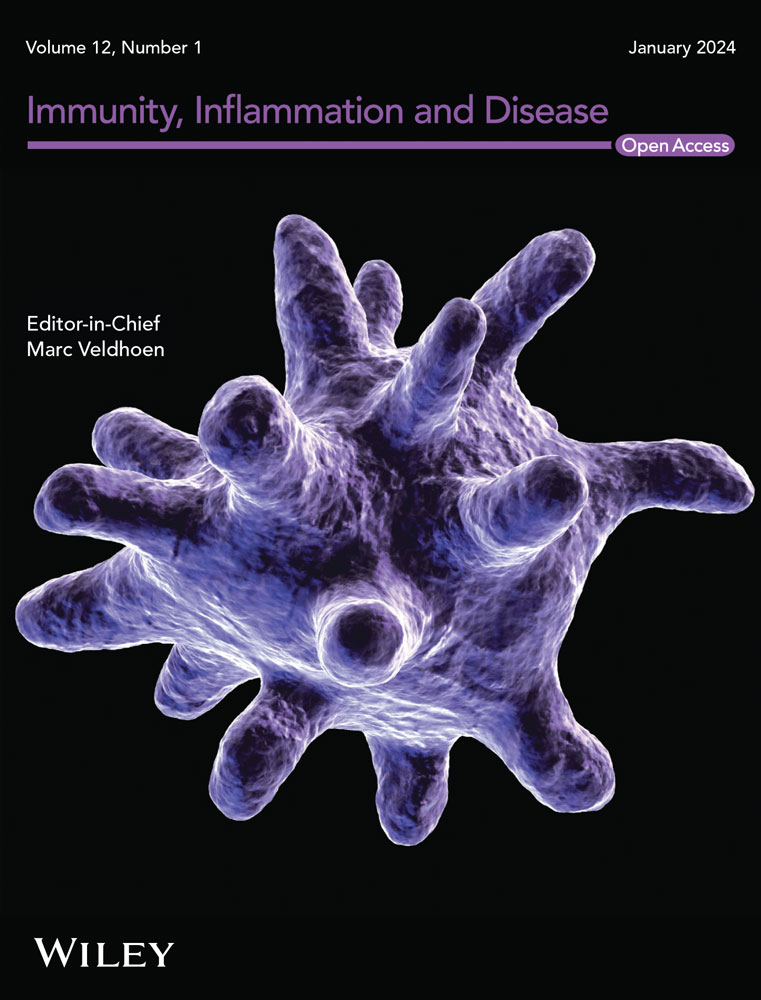Inflammatory, Hematological, and Biochemical Biomarkers in COVID-19 Patients
Abstract
Introduction
There are few accurate prognostic indications of the illness's development and severity for COVID-19, despite certain biomarkers having been investigated. The unexpected nature of COVID-19's course, which can quickly progress from asymptomatic to life-threatening symptoms, lies at the heart of the disease's intricacy. Predicting SARS-CoV-2 pathogenicity through laboratory biomarkers and as such, identifying the patients’ illness severity at the time of their initial admission would be crucial in improving patient care. In this study, we sought to evaluate the potential of hematological, biochemical, and inflammatory biomarkers in predicting the course of COVID-19 at a tertiary hospital in western Kenya.
Methods
This cross-sectional study involved 48 COVID-19 patients (16 asymptomatic; 16 moderate symptomatic; and 16 severe symptomatic) and 48 age-sex-matched COVID-19-negative clients attending the Moi Teaching and Referral Hospital, Kenya. Demographic information, self-reported chronic illnesses, symptoms, and laboratory results were collected at recruitment.
Results
Significantly, the severity of COVID-19 was associated with; hemoglobin (p < 0.0001), white blood cells (p = 0.0022), hematocrit (p < 0.0001), blood urea nitrogen (p = 0.01), blood sodium (p = 0.0002), potassium (p = 0.0483), C-reactive protein (p = 0.0002), and Lactate Dehydrogenase (p < 0.0001). Regression analysis of CRP revealed a strong positive correlation (p = 0.0006) whereas LDH revealed a weak positive correlation (p < 0.0001) with COVID-19 disease severity. Discriminative accuracy was highest when asymptomatic was compared to severe COVID-19 for CRP and LDH (AUC: 0.8867, 95% CI: 0.7532–1.000) and (AUC: 1.000, 95% CI: 1.000–1.000) respectively.
Conclusion
The hematological indices, inflammatory and biochemical biomarkers studied have the potential to predict the course of COVID-19. These parameters may be useful in helping design appropriate care for COVID-19 patients.


 求助内容:
求助内容: 应助结果提醒方式:
应助结果提醒方式:


